Opportunities in Dairy Farming
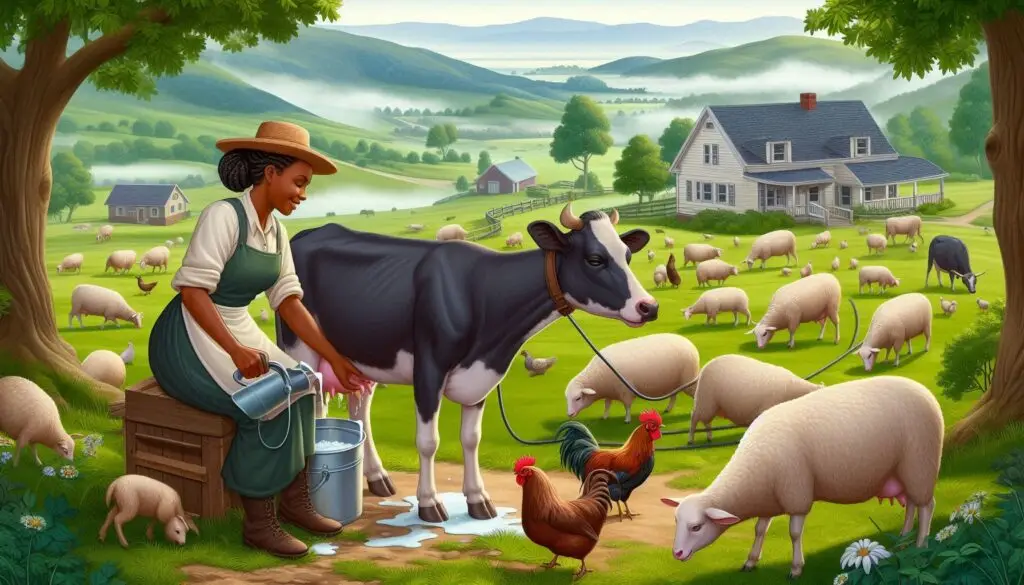
Economic Opportunities in Dairy Farming
High Demand for Dairy Products
The demand for milk and dairy products continues to rise globally. According to the Food and Agriculture Organization (FAO), milk consumption has increased significantly over the past few decades. This trend creates a stable market for dairy farmers. The popularity of products like cheese, yogurt, and butter ensures that farmers can find buyers for their products.
Guaranteed Monthly Income
One of the key benefits of dairy farming is the potential for a steady income. Farmers can sell milk regularly, often on a monthly basis. This regular cash flow helps farmers manage their finances better. Unlike crop farming, which may depend on seasonal sales, dairy farmers can rely on consistent revenue throughout the year.
Scale Economies
Larger dairy farms often enjoy lower production costs per unit of milk produced. This phenomenon occurs because larger operations can spread fixed costs over more units of output. As a result, they achieve higher profitability compared to smaller farms. According to a report by the USDA, farms with over 1,000 cows produce a significant percentage of total milk output in the U.S.
Technological Advancements in Dairy Farming
Innovative Farming Practices
Modern technology plays a crucial role in enhancing productivity in dairy farming. Robotic milking systems are becoming increasingly popular. These systems allow cows to be milked automatically, reducing labor costs and improving efficiency. Farmers can monitor their herds using advanced herd management software that tracks health and production metrics. For more information on robotic milking technology, visit Dairy Herd Management.
Mechanization Benefits
Mechanization has transformed many aspects of dairy farming. Equipment such as automatic feeders and manure management systems can save time and labor. These innovations allow farmers to focus on other important tasks while ensuring that their cows receive proper care.
Data-Driven Decisions
Data analytics is another area where technology is making an impact. Farmers can use data to make informed decisions about breeding, feeding, and health management. By analyzing trends and patterns, they can optimize their operations for better productivity. For insights into data-driven farming practices, check out AgFunder Network Partners.
Environmental Sustainability in Dairy Farming
Eco-Friendly Practices
Sustainability is becoming increasingly important in agriculture. Many dairy farmers are adopting eco-friendly practices to reduce their environmental impact. Organic dairy farming emphasizes pasture-based systems that promote soil health and biodiversity. For more on organic practices in dairy farming, visit Organic Valley.
Resource Conservation Efforts
Many modern dairy farms implement strategies to conserve water and energy. Techniques such as rainwater harvesting help reduce reliance on external water sources. Additionally, some farms are investing in renewable energy solutions like solar panels to power their operations.
Carbon Footprint Reduction
Dairy farmers are also focusing on reducing their carbon footprint. By improving feed efficiency and managing manure effectively, they can lower greenhouse gas emissions associated with milk production. This shift not only benefits the environment but also appeals to consumers who prioritize sustainability. For further reading on reducing carbon footprints in agriculture, see World Resources Institute.
Animal Welfare and Quality of Life
Improved Animal Welfare Standards
Animal welfare is a critical aspect of modern dairy farming. Many consumers are concerned about how cows are treated on farms. By adopting higher welfare standards, farmers can ensure that their animals lead healthier lives. This approach not only benefits the cows but also enhances milk quality.
Focus on Nutrition and Care
Successful dairy operations prioritize nutrition and veterinary care for their cattle. Providing balanced diets helps improve milk production efficiency while ensuring animal health. Regular veterinary check-ups help prevent diseases that could affect productivity.
Market Trends Influencing Dairy Farming
Shift Towards Plant-Based Alternatives
While traditional dairy products remain popular, there is a growing trend towards plant-based alternatives. Products like almond milk and soy yogurt are gaining traction among health-conscious consumers. This shift presents both challenges and opportunities for traditional dairy farmers. To understand this trend better, read The Future of Plant-Based Foods.
Emphasis on Local Sourcing
Consumers increasingly prefer locally sourced products for freshness and quality assurance. Dairy farmers can capitalize on this trend by marketing their products directly to local markets or through community-supported agriculture (CSA) programs.
Conclusion: A Bright Future for Dairy Farming
Dairy farming offers diverse opportunities characterized by economic viability, technological innovation, environmental sustainability, and enhanced animal welfare practices. As consumer preferences evolve towards sustainable practices and high-quality products, those who adapt to these trends will thrive in this competitive market.
More from Livestock Production and Management:
https://wiseias.com/pricing-policy-personnel-management/

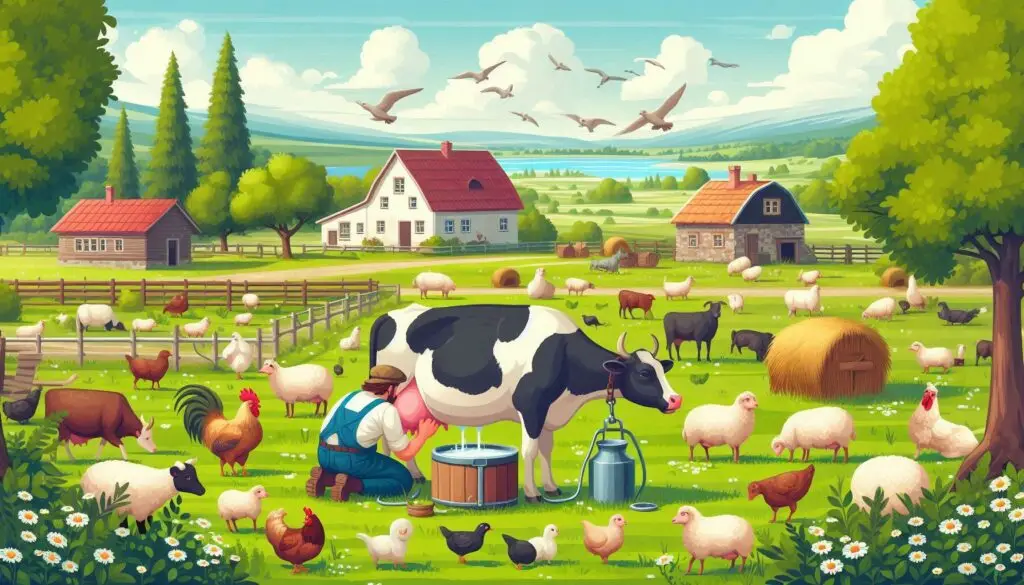

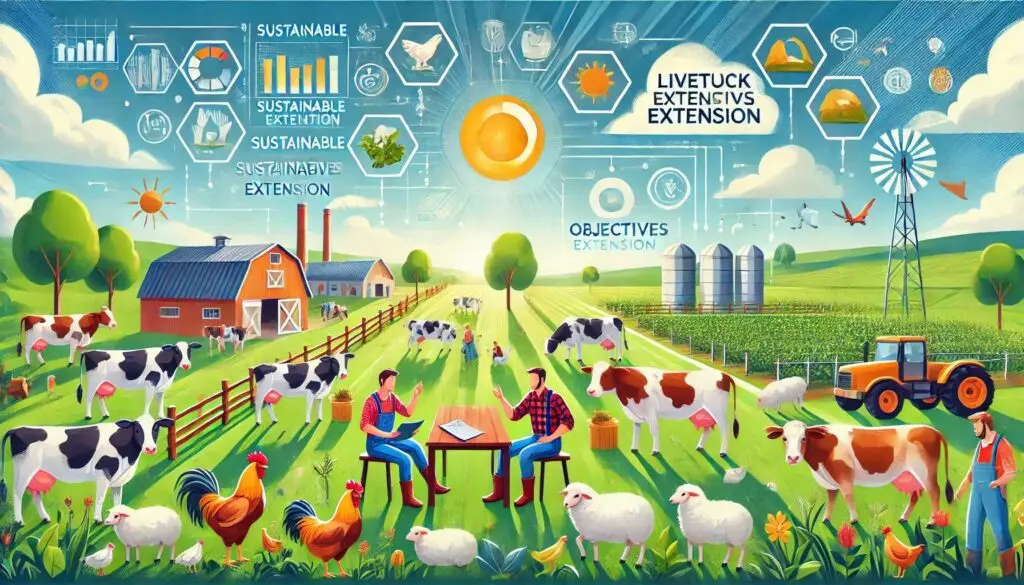
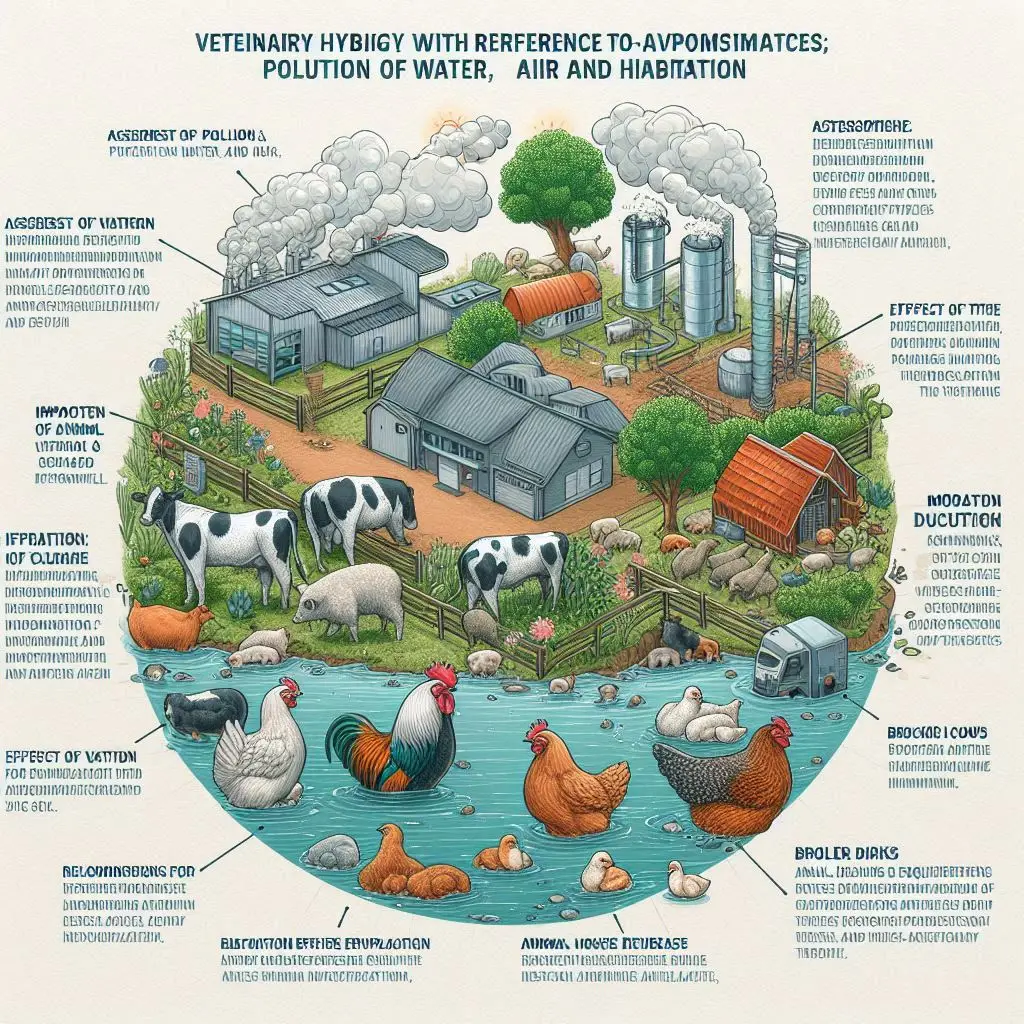
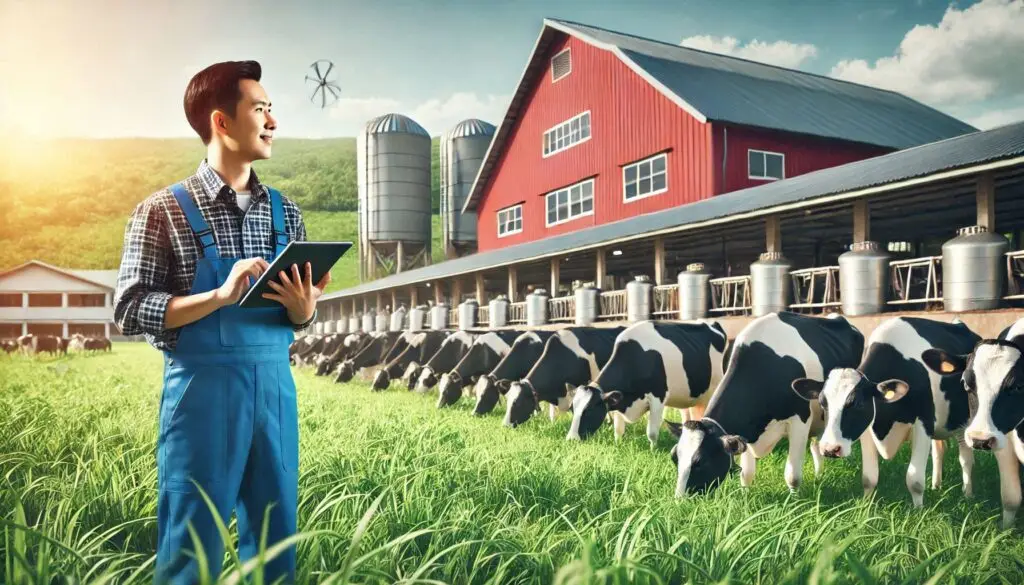
Responses